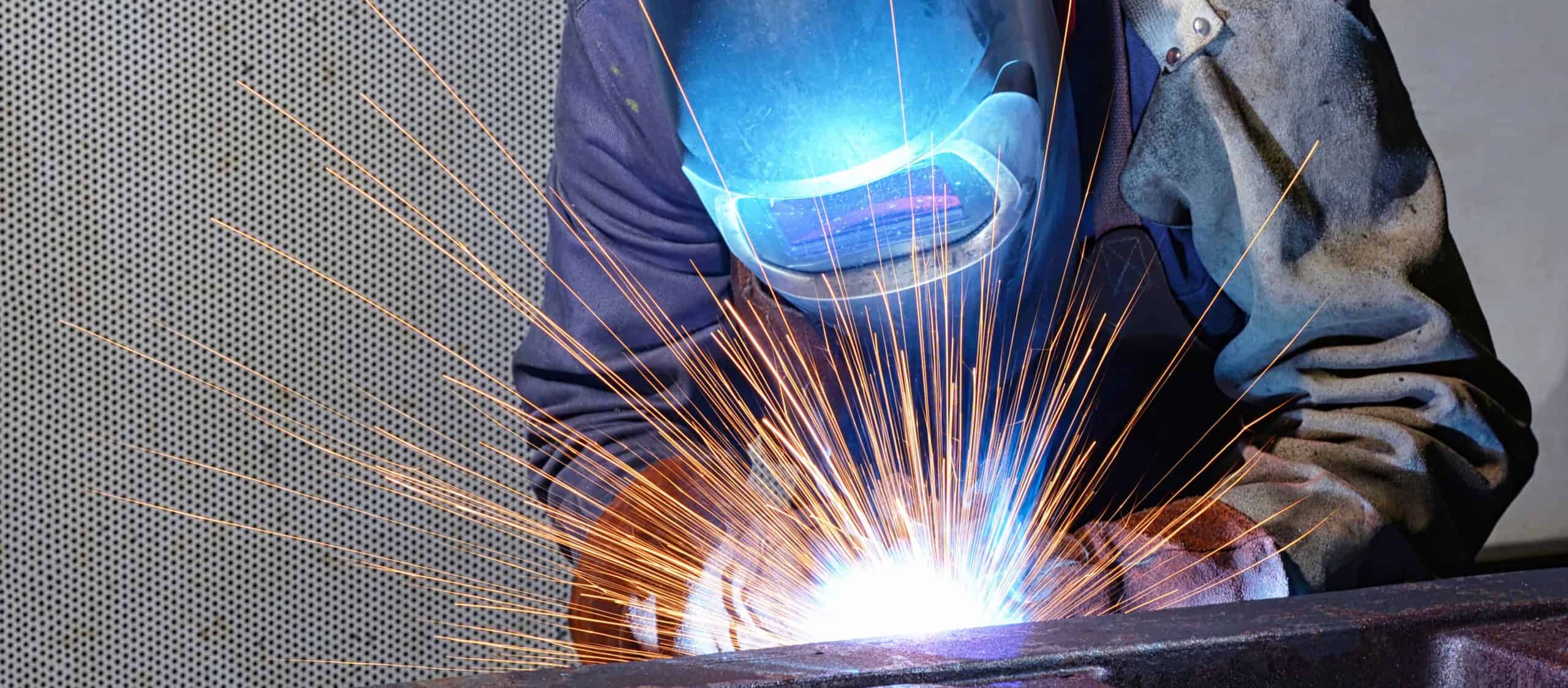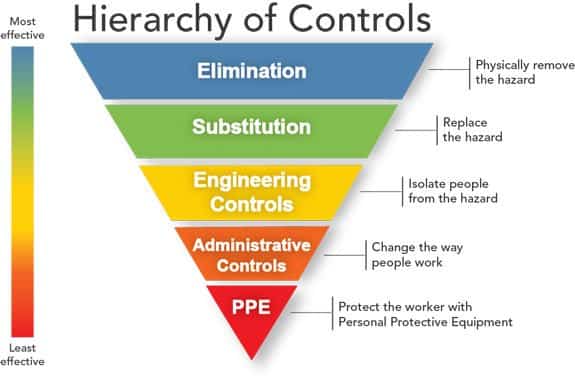The International Agency for Research on Cancer (IARC) recently classified welding fumes as a Group 1 carcinogen. This is an increased rating from the last time welding fumes were evaluated in 1989. There are more than 11 million welders worldwide and more than 110 million additional workers could be affected by welding fumes in their workplaces according to IARC estimates.
What is a Group 1 carcinogen?
It’s as scary as it sounds. Group carcinogens 1 cause cancer in humans (as evidenced from epidemiological and research studies to conclude that the hazard, or a group of hazards in combination). Welding fumes were previously classified as Group 2B, which means that there was some cancer causing evidence in humans and animal studies, but more investigation was needed. Welding fumes have been tied to cancers in the lungs, prostate, and kidneys and to some forms of leukemias.

What changed?
In the last 30 years, researchers all over the world have been able to collect lots of data on different tasks and circumstances, such as the type of welding (MIG, TIG, plasma, etc.), materials being used, and whether workers were classified exclusively as welders or “occasional welders.” Researchers were also able to compare data between welders and people who do not weld to see whether rates of various cancers were different between the two groups.
What can I do to protect my welding employees?
OSHA does not currently have a specific exposure limit for welding fumes, and instead provides limits for most of the metals and gases present.
We recommend using the hierarchy of controls to control and reduce welding fume exposures.
- Substitution: Use lower fume-generating consumables
- Engineering: Use local exhaust ventilation systems (“smoke eaters”) to pull fumes and gases away from the welder’s breathing zone. (Note: welding outdoors may not necessarily provide enough air movement to pull fumes away)
- Administrative: Include welding fumes in your company’s Hazard Communication training. Remind welders working outdoors to position themselves upwind while working.
- PPE: Respirators may be required if work practices and ventilation cannot reduce exposures to less than the OSHA exposure limits.
Individual metals can include: aluminum, antimony, arsenic, beryllium, cadmium, chromium (elemental or hexavalent), cobalt, copper, iron, lead, manganese, magnesium, nickel, silver, tin, titanium, vanadium and zinc.
Individual gases can include: argon, carbon dioxide, carbon monoxide, helium, hydrogen fluoride, nitric oxide, nitrogen, nitrogen dioxide, ozone and phosgene.
Safex Is Ready to Help
We can assist employers with: qualitative exposure assessments, industrial hygiene monitoring for welding fume exposures, ventilation testing, hazard communication training, respirator fit testing and training. Contact us for more information.
